I really hadn’t meant to write a postscript to last week’s column on my dark Supertramp past. But then along came a TV programme which reminded me: I WAS cool once. It happened after Oxford when I became, almost simultaneously, both an acid-house freak and an indie kid. And BBC4’s three-part special — Music For Misfits: The Story of Indie (Friday) — captured quite brilliantly what it was like to live in that golden era of floppy fringes, black Levis, obscure music, psychotropic substances and DM boots.
Watching it, I knew just how it must have been for combat veterans watching The World at War in 1973. Same distance in time from the actual event; same sense of disbelieving unreality: ‘I was there, man. At least, I think I was. But it all seems so very long ago.’
What made the indie era special was that it was the last era when music was not a ubiquitous commodity. I don’t mean chart music: obviously, that carried on much as before. Rather I mean the kind of music you had to seek out and find; that hadn’t yet been embraced and sanitised by the mainstream, as happened at roughly the point where Oasis accepted an invitation from Tony Blair to No. 10 and when the new Swinging London was celebrated in Vanity Fair; that involved courting the mockery of your peers (‘New Fast Automatic Daffodils? Kitchens of Distinction???’), risking death by crushing in the smoky, sweaty mosh pits of tiny garage venues, and epic journeys to remote places like Belfast in order to catch Ride before they got unacceptably big. (Which, thank heavens, Ride never quite did, though one of them now plays with Oasis.)
Let me explain. Indie was at once a state of mind, a loosely defined musical genre, and a reference to all the tiny DIY record labels that began springing up from the late Seventies to the early Nineties, in defiance of the hegemony of majors like Warners, EMI and RCA.
It was born — I learned from our expert guide Mark Radcliffe — with Buzzcocks, a Mancunian punk band which I’d hitherto associated only with that (very catchy) one-hit-wonder single ‘Ever Fallen In Love’ and with a now-defunct pop-comedy panel game series. But no, the Buzzcocks, it seems, were the fons et origo of indie. Their 1977 EP Spiral Scratch is revered by trainspotter musos because it was the first to be manufactured, marketed and distributed by the band themselves. Its tremendous success — i.e. it didn’t lose money — encouraged other DIY moguls to follow suit with Liverpool’s Zoo, Coventry’s 2 Tone Records, London’s Rough Trade and Mute, and, the daddy of them all, Tony Wilson’s Factory in Manchester.
All this might be a bit sad, obscure and footnotey were it not for a simple fact: almost everything that was great about music in that era sprang from indie labels. Madonna, Michael Jackson, yes, they were the majors’ and welcome to them. But from the indies we got The Specials, Echo and the Bunnymen, Depeche Mode, The Teardrop Explodes, The Smiths, New Order, Oasis, and, you could argue, virtually the entire UK dance scene.
For me it all goes to show what extraordinary things musicians can achieve when, instead of striving to change the world, they simply stick to their knitting. The genius of Factory was that its founder Tony Wilson ran it like an experiment whose sole raison d’être was to let creative people do whatever the hell they wanted. It’s why in business terms it was such an abject failure. But without his generosity of vision, music would have been considerably the poorer.
Before I go, a quick recommendation: The House of DVF (E! Online). It’s a bit like The Apprentice only set in the world of New York fashion, with sundry poised, beautiful and ruthless tigress wannabes competing for the position of ‘brand ambassador’ to the gloriously wise, imperious, captivating and deservedly legendary inventor of the ‘wrap dress’ Diane von Furstenberg. Probably it’s even more perfect if you’re gay or female, but I, too, find it transfixingly watchable. The scene last week, for example, where the really bitchy, pushy, dyed-blonde one gets summoned for an audience with Diane in her limo in Paris Fashion Week and you’re not quite sure if she’s going to get the Bag of DVF Goodies all contestants dread because it means they’ve been fired.
Oh , and Jessica Joffe. That’s all I’m saying. Jessica Joffe.
Got something to add? Join the discussion and comment below.
Get 10 issues for just $10
Subscribe to The Spectator Australia today for the next 10 magazine issues, plus full online access, for just $10.


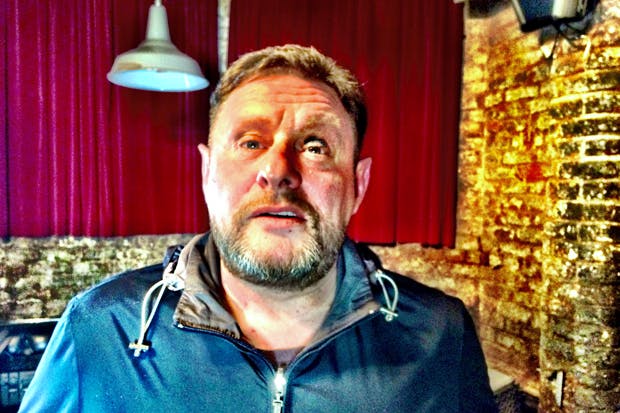
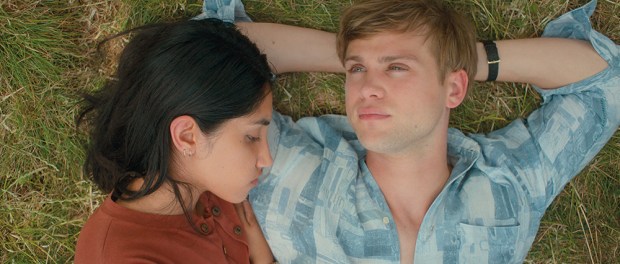
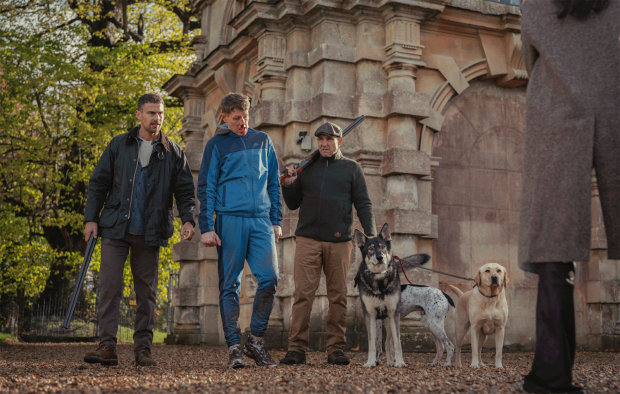
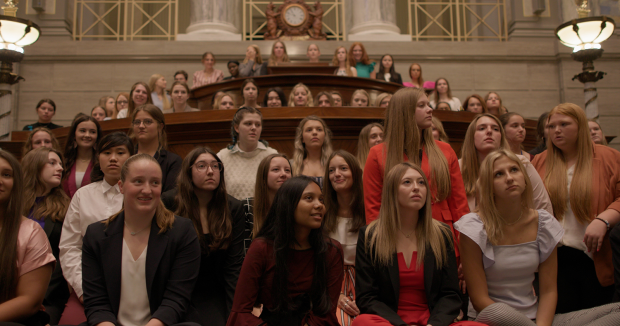
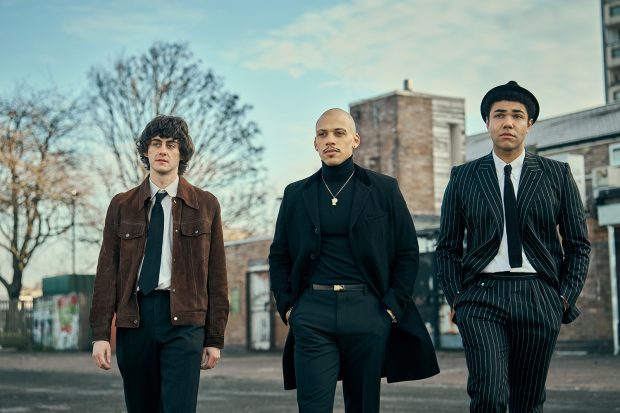
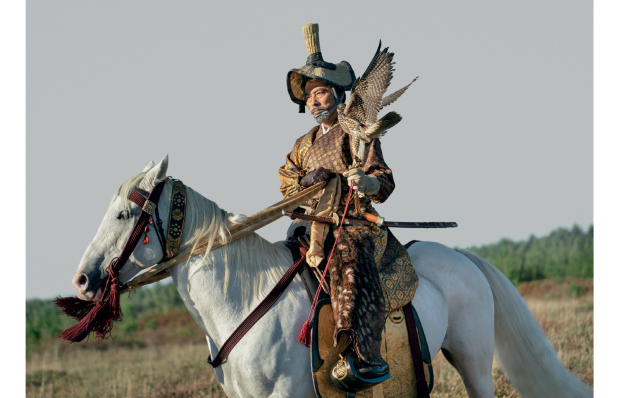
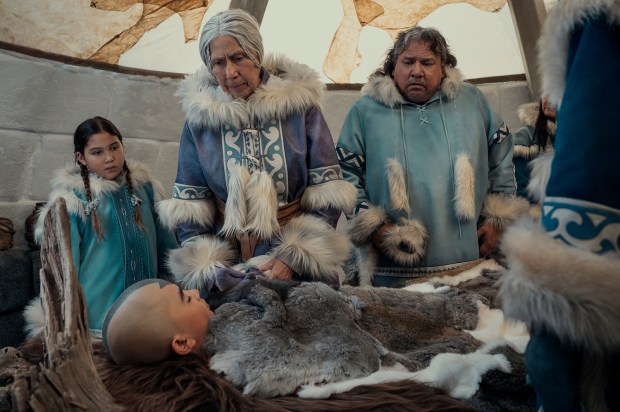






Comments
Don't miss out
Join the conversation with other Spectator Australia readers. Subscribe to leave a comment.
SUBSCRIBEAlready a subscriber? Log in